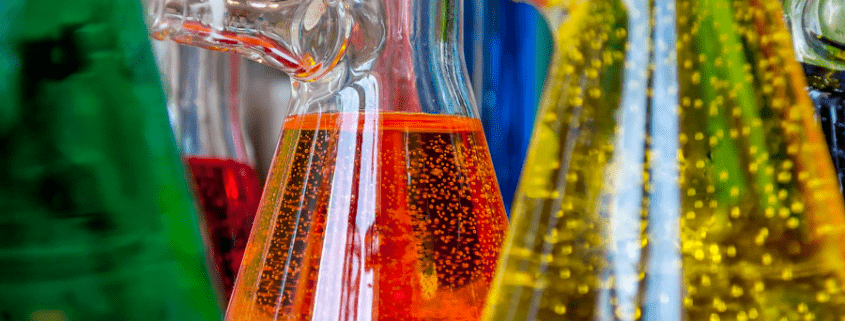Industrial Strength Parts Washer Solvents
Industrial businesses are usually associated with tough, demanding, and rigorous manual labor. The workforce performing manual labor will go through intense training courses on safety and how to correctly operate machinery before being placed on the job. Numerous instances exist that could lead to an accident, whether it be minor or even fatal. Businesses that operate in such a fashion will most likely stress the importance of industrial safety, working hard to keep the workplace accident free. There are several different ways of keeping the workplace accident free, we discuss a few below.
Industrial safety tips, helpful hints, and bright ideas:
- Grip tape to prevent slip and falls – Probably the most common type of accident results from a worker slipping and falling due to some sort of slippery substances that accumulated on the ground. Unfortunately, the human body is a fragile organism, and what might look like a minor fall could turn into an expensive lawsuit. Grip tape, or an adhesive product of the like can be placed on the floor to drastically improve traction, thus, significantly decreasing the number of falls.
- Ecofriendly industrial parts washer solvents free of carcinogenic chemical compounds – Industrial companies dealing in metals and parts will need a cleaning and degreasing agent to rid materials of dirt, grease, oil, and residue before the material is put to use. However, many industrial strength parts washer solvents are harmful to the touch and to inhale. Luckily, chemical companies concerned with green alternatives have launched replacement solutions that are as reliable and effective as the industrial strength parts washer solvents, but without the hazardous ingredients of its predecessor.
To learn more about industrial safety and the options you have for keeping the workplace accident free while dealing with chemical compound agents, call Ecolink. Ecolink professionals will be happy to explain other ways to keeping the workplace accident free, while pointing you in the right direction to equipping your company with better alternatives for industrial safety.





